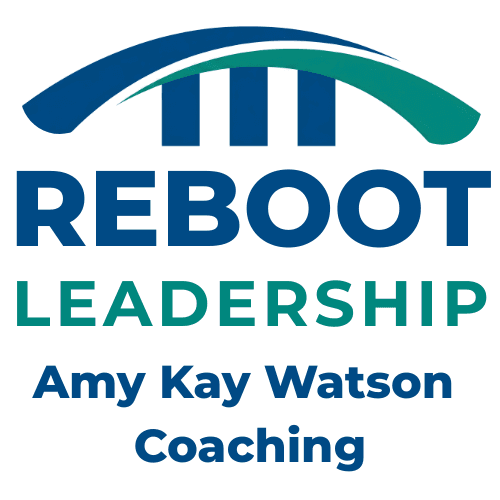Author Archives: Amy Kay Watson
A client recently told me, “I know perfectionism is supposed to be bad, but I can’t let it go. It’s the reason my work is better than everyone else’s.” She isn’t entirely wrong. But she is scientifically misunderstanding the engine of her success. Research in organizational psychology draws a sharp line between two distinct traits
You don’t want to be a victim of the Peter Principle, which says that people are promoted based on their tenure or their success in a previous role, irrespective of their capacity to excel in the new position. How do you decide like this when so much is at stake? No matter what you choose, you have lost what might have been your dream job in the other direction.
Leadership at the senior level is inherently isolating. As you pioneer new paths for your organization, the number of peers who truly comprehend the complexity of your decision-making shrinks. You are left navigating a paradox: you are responsible for the collective success of the company, yet you often feel entirely alone in the execution. When
In 2023, 42% of workers reported feeling burned out, a statistic that had climbed steadily since 2020. But for senior leaders, the problem isn’t just the number of people burning out; it’s the type of people we are losing. We are seeing seasoned veterans (the ones who usually “power through”) hitting a wall. For years,
You have a team member who isn’t delivering. They seem disengaged, self-interested, or perhaps they are actively dropping the ball. The instinct for most high-performing leaders is frustration. You look at the facts, the reality, and the obvious solution, and you wonder: Why won’t they just do the right thing? When you feel this frustration,
There is no excerpt because this is a protected post.
In the executive world, confidence is the currency of the realm. We are paid to have answers, set direction, and project certainty. Consequently, when we feel doubt, we treat it as a defect, a crack in the armor that needs to be hidden or fixed. But what if your doubt isn’t a weakness? What if
For many leaders, the simple phrase “holding someone accountable” creates a knot in their stomach. We dread it, seeing it as the opposite of empathy. This is a common cycle I call the “Reformer’s Trap.” It’s what happens when leaders, often with the best of intentions, default to judgment at the expense of trust. (If











